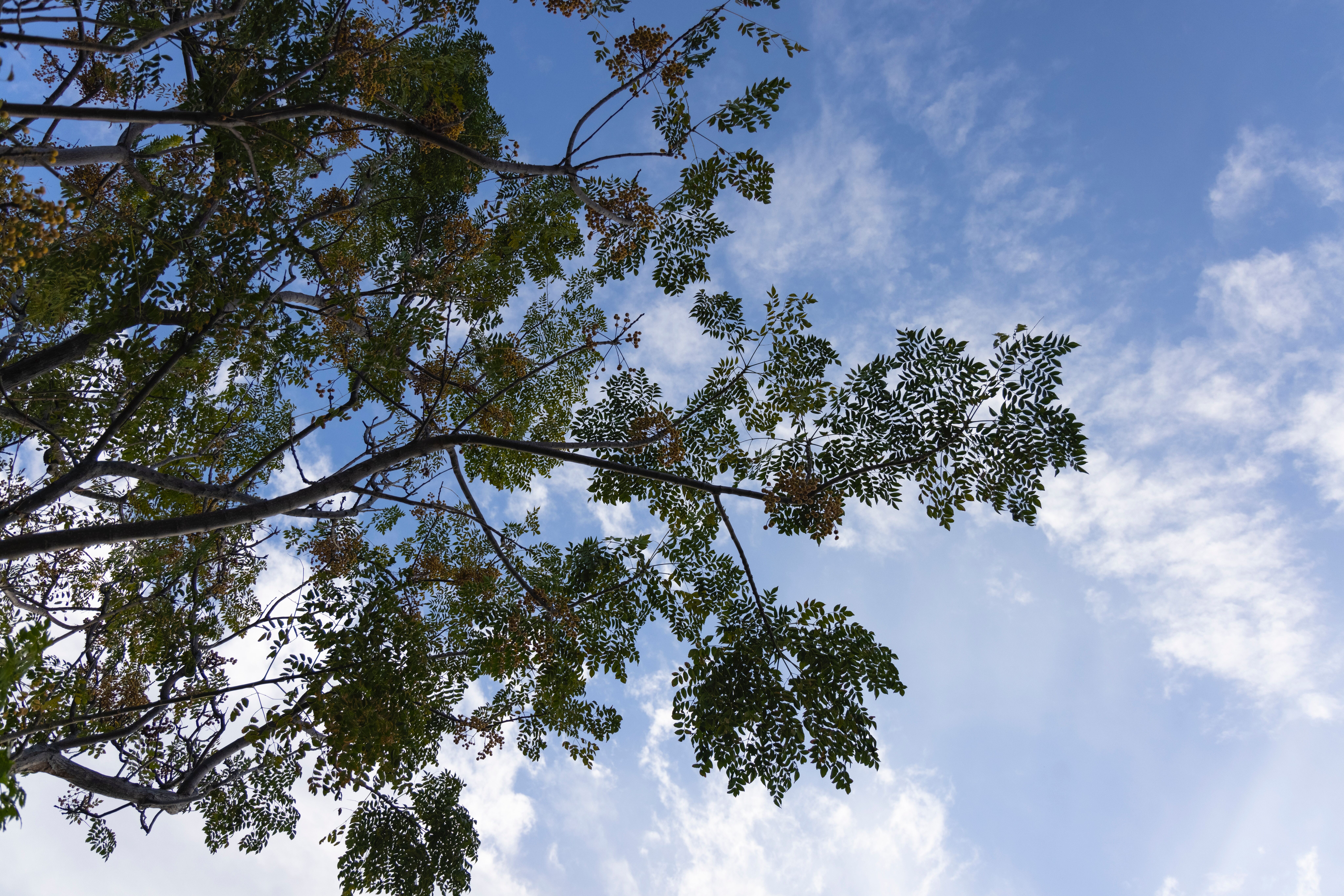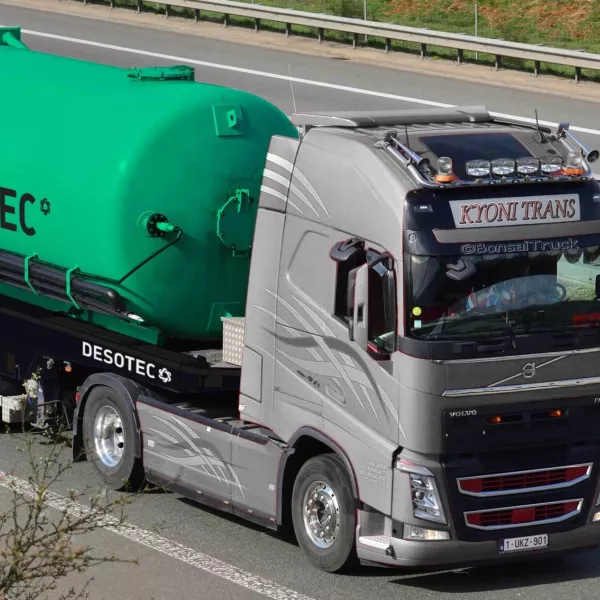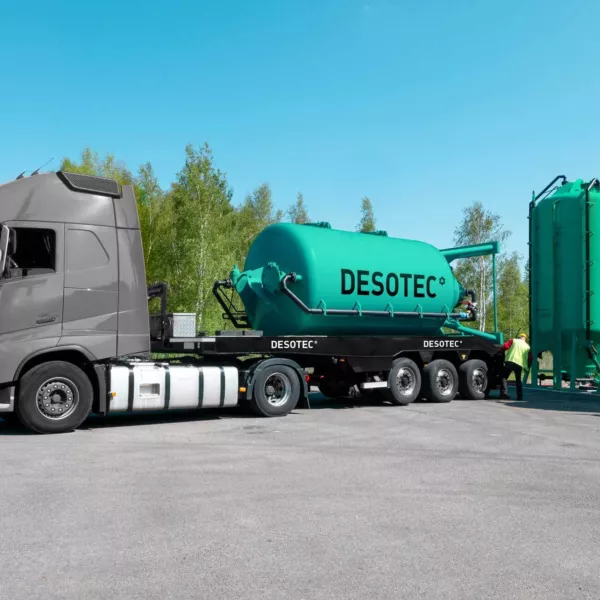All you need to know about the new STS emission limits
As part of the Industrial Emission Directive (IED), the EU has released the new Best Available Technology (BAT) Conclusions for treating emissions from surface treatment using organic solvents including wood and wood products preservation with chemicals (STS). In a years-long consultation of governmental, industrial, and non-profit organisations, best affordable environmental operational practice is being developed in the so-called STS BAT reference document (BREF). Management practices, monitoring frequencies, and associated emission limits (BAT-AEL) are being condensed into the BAT Conclusions, which therefore include everything your company needs to know for environmental compliance. In this article, you’ll find out how the upcoming regulation may affect your operations and how you can prepare for it.
What is the timing for the implementation of the STS BAT conclusions?
The content of the BAT Conclusions, which are EU implementing acts, will have to be adopted by each Member State into their national law or, more often, regulations. Once adopted by the country your industrial activity is based in, the measures of the BAT Conclusions will have to be implemented, usually after four years at the latest.
For the STS BAT Conclusions, this timeframe has now elapsed. Hence, your permitting authority may approach you and request compliance with the new and (for many industries) stricter BAT-AEL as well as with new environmental management practices, so watch this space to keep yourself posted.


Which industrial activities are mainly impacted by the STS BAT conclusions?
In the EU, more than 500,000 companies are using solvents to paint or coat the surfaces and/ or to clean the surface before the actual painting/ coating. Therefore, operations active in the following activities should look closely into the new BAT Conclusions:
- Communication (printing);
- Decoration;
- Prevention of corrosion and/or decay of surface or product;
- Product preservation and delivery, such as food and drink containers, aerosol cans, toiletries;
- Application of a functional layer like electrical insulation, abrasion prevention, adhesion.
If your operation is sized larger than below thresholds, you may expect communication from your local authority on the new BAT Conclusion elements which may have to be implemented into your operation permit.
- Surface treatment of substances, objects or products using organic solvents (consumption capacity greater than 150 kg/h or 200 tonnes/year), specifically for:
- Sizing;
- Dressing;
- Cleaning, degreasing, or impregnating;
- Printing (e.g., heatset offset web, flexography, etc.);
- Painting & Coating (e.g., vehicles, specific metal and plastic products, etc.);
- Adhesive application (e.g., the manufacture of abrasives and adhesive tapes);
- Other coatings (e.g., water-repellent, anti-corrosion, waterproof protective coatings).
- Preservation of wood and wood products with chemicals (production capacity higher than 75 m3/day).
What does the new STS BAT conclusions mean for your business?
Using solvents to treat surfaces is one of the major sources of volatile organic compounds (VOCs) emission into the air as well as chemical oxygen demand (COD) and adsorbable organically bound halogens (AOX) emission into wastewater of industrial plants. VOC in the air promotes ground-near ozone formation and smog. Organics emitted into the water body can use up the dissolved oxygen which is then missing for water plants and animals. So, in this section we’ll focus on these pollutants. If your business is within the STS BAT Conclusions’ scope, there are a few changes your permit authority may request:
- A tighter BAT-associated emission level (BAT-AEL):
- VOC: down to 20 mg/m³ for wood preservation;
- COD: down to 30 mg/l for coating vehicles and metal packaging.
- AOX: down to 0.1 mg/l for coating vehicles, coil coating, coating and printing metal packaging (DWI cans).
- Absolute (mg/m³) rather than specific (mgVOC/Kg product) emission limits for some industries.
- Monitoring of the VOC outlet concentration:
- Once every year for loads < 10 kg C/h;
- Continuous for loads ≥ 10 kg C/h.
- Introduction of BAT-associated environmental performance levels (BAT-AEPLs)
- for energy (e.g., MWh/vehicle coated);
- for water consumption (m³ of water/vehicle coated).
Activated carbon is Best Available Technology (BAT) for emission control
Adsorption on activated carbon (AC) is among the emission control techniques recommended by the BAT Conclusions. For instance, this purification route can be used to remove a series of contaminants from emissions generated by:
- Wood preservation using creosote (e.g. VOC, condensate);
- Storage and venting of chemicals (e.g. solvents);
- Scrubber effluents (e.g. COD);
- Wastewater from degreasing, cleaning, and surface treatment (e.g. AOX).
DESOTEC has decades of experience in VOC, COD, and AOX removal in the aforementioned industries. Here are a few examples:
- VOC removal from air emissions generated by the manufacture of wood furniture, solvent-based coatings, and coated steel;
- COD removal from wastewater generated when washing steel or plastic.
After efficiently removing these pollutants, activated carbon can be reactivated at DESOTEC facilities. This closed-loop approach reduces the greenhouse gas (GHG) footprint of the abatement, thus being more climate-friendly than thermal or advanced oxidation processes.
On top of that, thanks to their plug-and-play design, our sustainable mobile filtration solutions can easily and quickly adapt to changing needs and can also be used as add-on treatment to your existing purification system. For instance, this comes handy when regulators tighten your permit emission level below the capacity of your current unit.
Conclusions
Time is tight and the BAT Conclusions’ emission limits are even tighter. Being one of the best available purification technologies, activated carbon will get the compliance troubles out of your mind in the blink of an eye. Based on activated carbon and ready-to-install, DESOTEC’s sustainable mobile filtration solutions ensure a prompt response to regulations changes.
So, schedule a call with one of our experts today.
How can DESOTEC help you?
To discuss how DESOTEC can help purify your air emissions or wastewater to meet the latest standards, contact the team today.
Contact our expertsHow can DESOTEC help you?
To discuss how DESOTEC can help purify your air emissions or wastewater to meet the latest standards, contact the team today.
Contact our experts-
Air & gas purification
Our sustainable filtration solutions ensure air purification, odour control, and high quality process gases such as biogas and biomethane. -
Our unique service
Our closed-loop, full-service model is as unique as your business needs. We’ll define the right filtration setup and safely recycle filtration waste, making it easy to go green. -
Our filtration solutions
We offer a wide range of filter models and carbon grades to suit your industrial water or air purification requirements.


